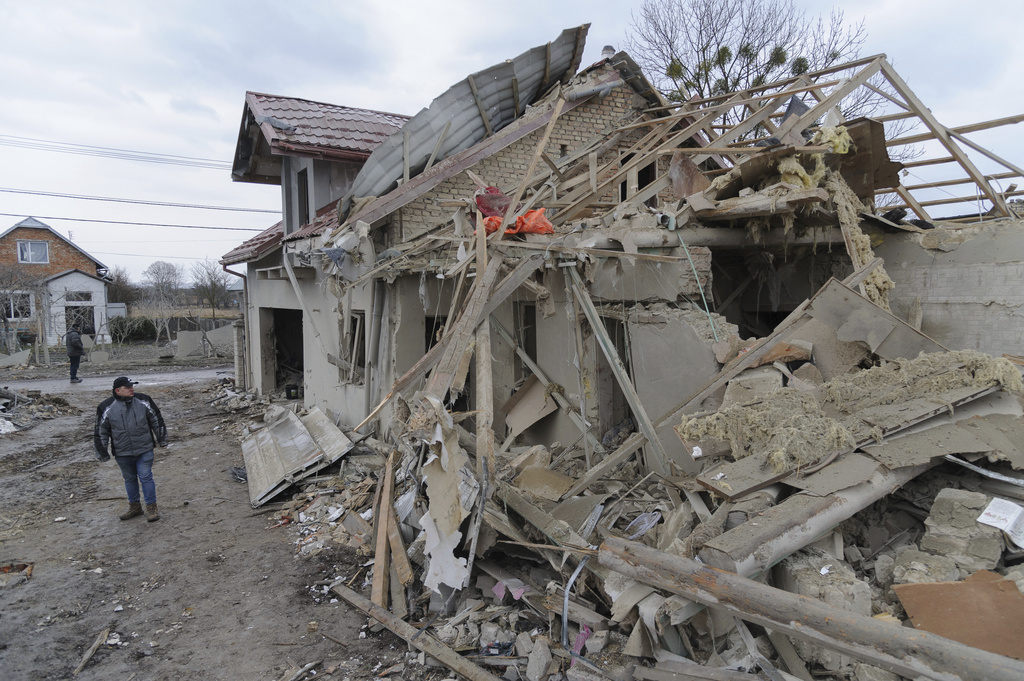By HANNA ARHIROVA and ELENA BECATOROS
KYIV, Ukraine — A barrage of more than 80 Russian missiles and a smaller number of exploding drones hit residential buildings and critical infrastructure across Ukraine on Thursday, killing six people and leaving hundreds of thousands without heat or electricity.
The largest such attack in three weeks also put Europe’s largest nuclear plant at risk by knocking it off the power grid for nearly half of the day before it was reconnected. Because nuclear reactors need constant power to run cooling systems to avoid a meltdown, the latest power loss at the Zaporizhzhia plant again raised the specter of a nuclear catastrophe.
Air raid sirens wailed through the night as the attacks targeted a wide swath of the country, including western Ukraine, which is far from the front lines. President Volodymyr Zelenskyy said the assault that came while many people slept was an attempt by Moscow “to intimidate Ukrainians again.”
The Russian Defense Ministry said the strikes were in retaliation for a recent incursion into the Bryansk region of western Russia by what Moscow claimed were Ukrainian saboteurs. Ukraine denied the claim and warned that Moscow could use the allegations to justify stepping up its own assaults.
The Kremlin’s forces started targeting Ukraine’s power supply last October in an apparent attempt to demoralize the civilian population and compel Kyiv to negotiate peace on Moscow’s terms. The attacks later became less frequent, and analysts speculated that Russia may have been running low on ammunition. The last major bombardment was Feb. 16.
The head of the U.N. nuclear watchdog agency said the Russia-controlled Zaporizhzhia nuclear plant lost all external power for 11 hours after its last remaining power line was disconnected following reports of the missile strikes. Rafael Grossi of the International Atomic Energy Agency emphasized that the incident “again demonstrated how fragile and dangerous the situation…
Read the full article here







